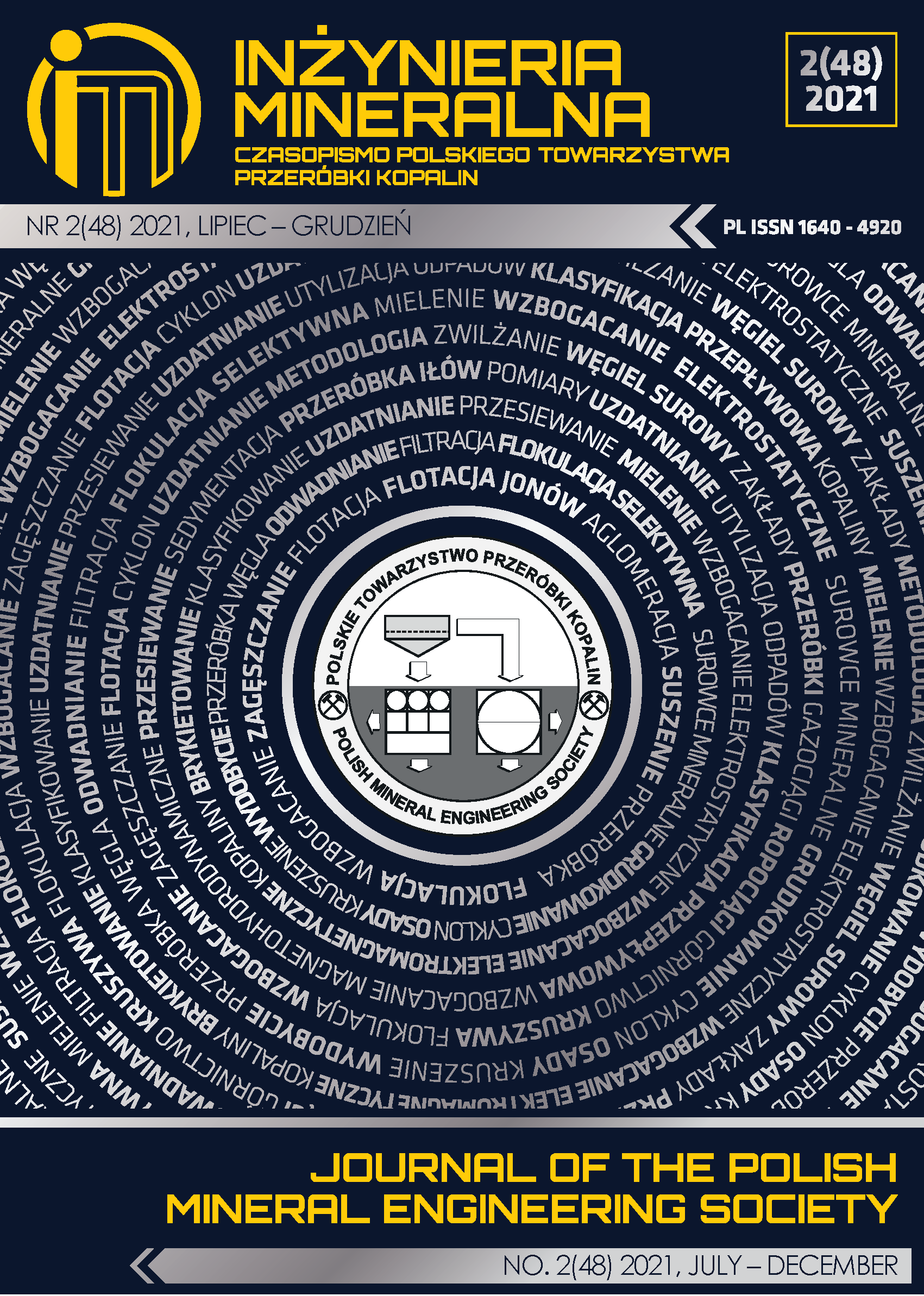Rule-based Classification of Airborne Laser Scanner Data for Automatic Extraction of 3D Objects in the Urban Area
Abstract
LiDAR technology has been widely adopted as a proper method for land cover classification.
Recently with the development of technology, LiDAR systems can now capture high-resolution
multispectral bands images with high-density LiDAR point cloud simultaneously. Therefore, it opens new
opportunities for more precise automatic land-use classification methods by utilizing LiDAR data. This
article introduces a combining technique of point cloud classification algorithms. The algorithms include
ground detection, building detection, and close point classification - the classification is based on point
clouds’ attributes. The main attributes are heigh, intensity, and NDVI index calculated from 4 bands of
colors extracted from multispectral images for each point. Data of the Leica City Mapper LiDAR system
in an area of 80 ha in Quang Xuong town, Thanh Hoa province, Vietnam was used to deploy the
classification. The data is classified into eight different types of land use consist of asphalt road, other
ground, low vegetation, medium vegetation, high vegetation, building, water, and other objects. The
classification workflow was implemented in the TerraSolid suite, with the result of the automation process
came out with 97% overall accuracy of classification points. The
Copyright (c) 2021 Ngoc Quy BUI ,Dinh Hien LE ,Anh Quan DUONG ,Quoc Long NGUYEN

This work is licensed under a Creative Commons Attribution-ShareAlike 4.0 International License.
This journal permits and encourages authors to post items submitted to the journal on personal websites or institutional repositories both prior to and after publication, while providing bibliographic details that credit, if applicable, its publication in this journal.







.png)
